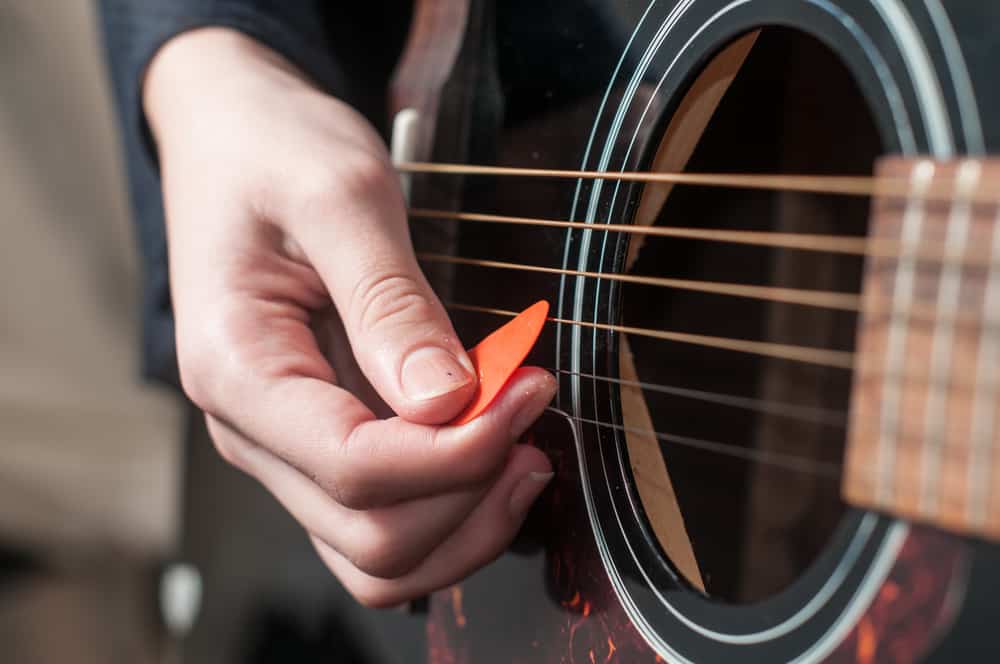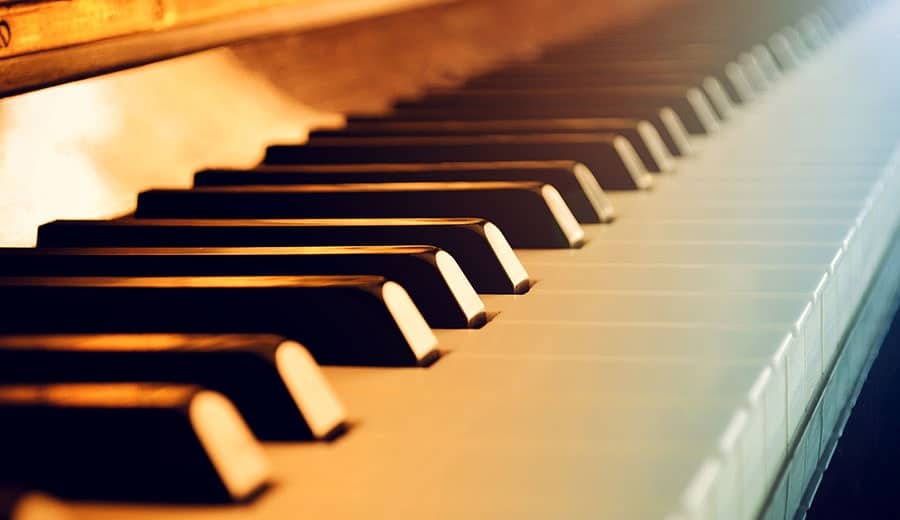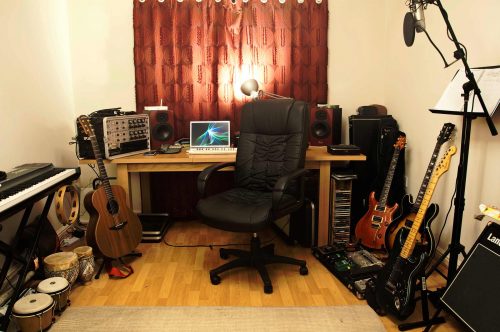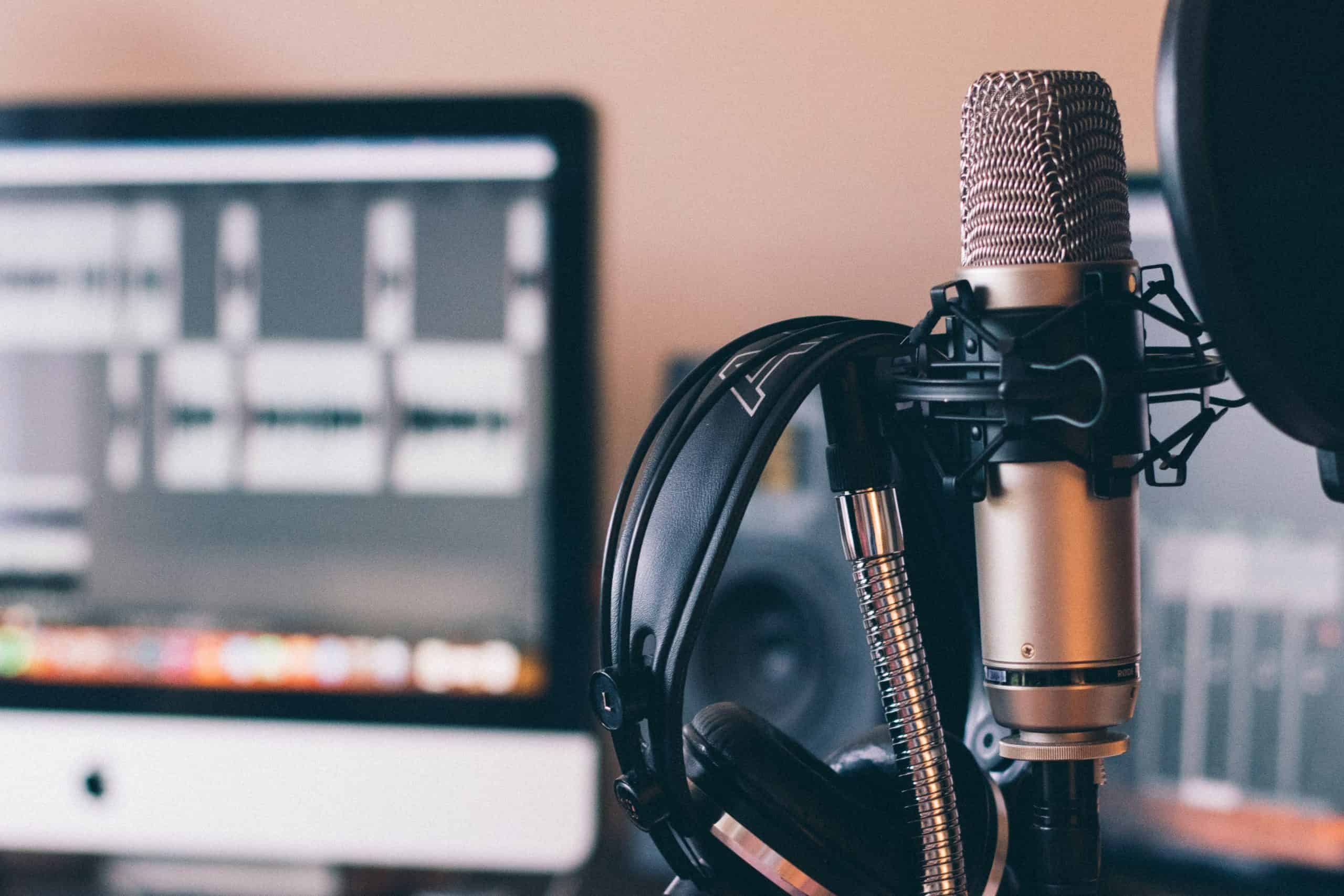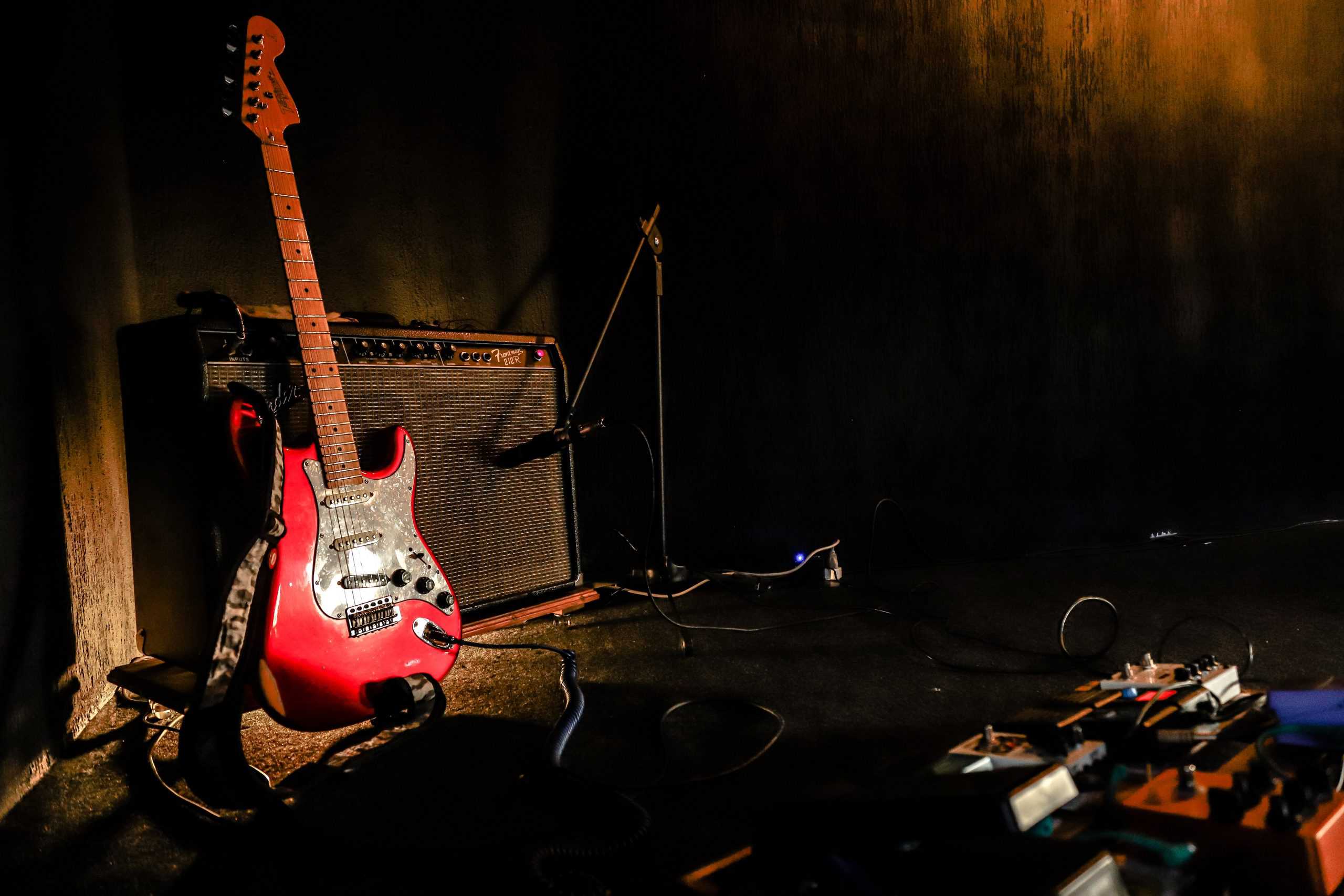How to Learn The Violin
Have you ever wanted to create sounds that soar with the world’s most revered composers? Do you want to pick up an instrument that will soothe and dazzle friends and family?
The violin is perfect for you. Any classical music fan knows violin is the icing on every composition. Here is how to teach yourself this regal instrument from the comfort of your home.
1. Practice every day
Yes, we all know that practice makes perfect, but how do you use the concept of practice to improve our violin skills? YouTube is amazing for finding scale tutorials, bow positioning practice, and even play-along videos where you can slowly but surely improve your skills with another violinist. Using online resources helps you create a pressure and judgement-free zone perfect for learning. Get going!
2. Watch other experienced musicians
Every musician from rock and roll singers to steel drum players has a hero. Which violinist inspires you most? Take in a set from Itzhak Perlman, the modern god of violin who has played everywhere from concertos Carnegie Hall to the National Anthem at Citi Field.
Or, you can study even further back, citing Niccolò Paganini as the classic example of a master of the instrument. Even more modern examples of amazing violinists like Lindsay Sterling who has captivated the world of pop music with her incredible versatility. Whichever player you want to be, seek inspiration from the best.
3. The violin is hard, be patient!
The violin is one of the most precise instruments to play but that also makes it one of the most fun. The challenges of violin are rewarded through practice. According to Connolly Music, the most common challenges for beginner violinists include:
- Pressing too hard on the fingerboard
- Getting the hang of bow position
- Learning the keys of the violin and how to read violin music
- Slouching stature
- Failing to practice fundamentals, developing sloppy technique
- Not using the bow’s hairs, you must use them all to get the perfect sound
- Skipping fundamentals entirely and getting in over your head
- Damaging your instrument by being careless with it
- Damaging your instruments by playing with unwashed hands (this can damage the bow)
4. Free Online Lessons
You can start your violin journey with FREE online lessons. Music to your ears! Violinspiration has a ton of classes that can take you through the beginner fundamentals.
Fiddler Man provides lessons for those with more of a country western flare. We’ll get into the difference between fiddles and violins below! He has a great flare to his playing that can provide a different perspective on the violin.
With over 250 free lessons online, Violin Lounge takes you from bow placement to full sheet music playthroughs. The instructors have a friendly teaching style and they break down fundamentals very clearly. For the hobbyist to enthusiast this is the most well-rounded website for lessons.
ViolinSchool is exactly what it sounds like, an online school for learning violin. Their courses range from absolute beginner to a paid model for more advanced players.
5. Paid Online Lessons
Online classes can be the key to learning the violin at home. Being held accountable by a teacher, having a strict practice schedule = no excuses! But seriously, if you want to become a good player practice makes you better and better.
Do you believe you can actually learn violin from the master Itzhak Perlman? It’s possible through MasterClass.
Tunelark offers a variety of lessons for different instruments. You can learn drums, guitar, piano, violin and more through video chats with live instructors. You can take these courses anywhere in the world and on your own time. The added accountability for you to practice with a teacher means you’ll have to take lessons seriously! Don’t waste your money, learn the violin!
Master violinist Heather Kaye offers paid violin education online. It’s so interesting to be able to play one-on-one with someone of her calliber right? You can book a lesson on her website anytime.
Violin From Scratch is one of the most affordable options on this list. For $27 you gain access to an entire library of lessons, music, and video tutorials. It’s a great option for people who don’t know if they’re fully invested in learning or not. You can test out your interest here.
6. What is the difference between fiddle and violin? Is one easier to play than the other?
This is a really common question. In pop culture playing the “fiddle” is used more as a descriptor than a difference. Fiddle and violin are the exact same four-stringed instrument. Fiddle describes how the violin is being played and can describe the different types of music that are played on it.
7. I’m not into classical music. Are there other styles of violin?
For instance, if you’ve heard of the iconic fiddle tune “The Devil Went Down To Georgia,” by Charlie Daniels, you’ll know that the contest in the song is about playing to win a golden fiddle. The fiddle technique is mostly used in mostly country western music. Famous fiddle players include Daniels (mentioned above), Western swing pioneer Bob Wills, and the more contemporary Allison Krauss.
If you become a proficient violin player you could start exploring western-style music and improve your fiddle technique. It’s all about the way you play the instrument, not the instrument itself.
8. What violin should I get to have the “fiddle” sound?
That being said, there are certain brands of violin that cater to the fiddle sound. According to Learn Bluegrass, it’s not necessarily a certain brand, but the way you choose to set up the instrument: “Even an inexpensive fiddle can end up being a decent starter fiddle if it has a proper setup,” says the specialized music site,”The setup really needs to be done by a violin shop — not just a regular music store. You should expect to pay about $100 for a regular setup and new strings.
9. What if my child gravitates toward fiddling?
If you are trying to grab a fiddle for your little country star the experts advise to avoid spending a fortune on a smaller-than-normal violin since your little player will grow out of it eventually and have to adjust to the brand new size.
They’ll also benefit by being on the full-size instrument earlier and become better players. The best part of learning an instrument as a child is finding music they enjoy!
10. How many years will it take to learn violin?
The time it takes to learn the violin varies on your dedication. Do you want to be proficient? Do you want to be able to play the classics? Do you aim to play in an orchestra? The time and skill level are up to you. Regardless, if you want to learn the violin, you will be rewarded with not only beautiful music, but a discipline that can help you in all areas of your life.
Common Violin Learning Stats according to Master Piano Institute:
- 1 Month: You will learn the basics, be able to string a few notes together and possibly play low-level songs like Hot Cross Buns, etc. Think middle school orchestra proficiency. You learn mostly quarter notes on one string.
- 2 Months: You will be able to pluck simple melodies and your left hand will be more proficient in speed and learning different violin parts like (1, 2) and even where a viola comes into arrangements and how the violin compliments it. Half notes and half rests are worked into your repertoire.
- 3-6 Months: You’ve got beginner-friendly songs in your pocket, fingers one, two, and three are firing on all cylinders and you can work the D and A strings proficiently. Whole notes, whole rests, eighth not4s, and eighth rests are worked in.
- 7-12 Months: YEEEESSSSS your first year of violin is done. What have you accomplished? You know the main notes, rhythms, and can play a variety of songs both traditional and even some in the pop realm if you desire. Your fourth finger is working well on the G and E strings and you can naturally play with proficiency. Your next step is to learn ties and dotted-half notes along with some new unique bowing styles like hooked and slur.
- 13 Months and Beyond: This is the part of your violin journey where you can choose your own adventure. Do you want to play with all four fingers? Do you want to learn more keys with faster rhythms? Do you want to expand your horizons past the basics and into the realm of intermediate and advanced technique? At around five years you can become an accomplished amateur and push yourself even further if you choose.


